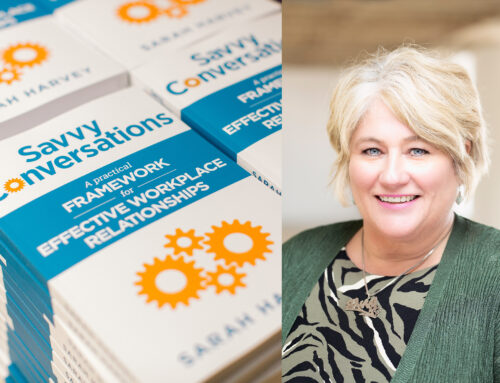OK, so you’ve got enough passion for a subject to write a book, and you get that it takes a long time – maybe two years or more. You’re prepared for the long haul. What’s the next step?
Don’t write the book. That’s so important that I’ll say it again, in all caps: DON’T WRITE THE BOOK. To make it in the published book world, the kind that gets distributed in Barnes & Noble and Borders and Amazon, and gets reviewed by the New York Times, you have to take the right steps in the right order. Starting by writing the book marks you out as an amateur.
Here’s what happens if you go to a publisher with a complete manuscript, your baby, the product of months – maybe years – of labor: it goes into something called the (dreaded) Slush Pile.
What is the Slush Pile? At some major publishing houses, it is the 40,000 unsolicited manuscripts that arrive in the mailbox every year. That’s right: every year.
How do you like those odds?
At that major publishing house there is a lowly unpaid intern whose job it is to read every one of those manuscripts in the slush pile. It takes her a long, long time to read them, and how much attention do you think she gives each one?
If she’s conscientious, she reads the first few pages of each one, and moves on. A form letter goes back to the hapless author, and that’s it.
Once every five years or so, the intern finds a manuscript that is so compelling that she reads it all the way through, takes it up with an editor, and champions it all the way through the rest of the process to publication. So the real odds are something like 1 in 200,000. It’s more likely that you’ll have an accident involving a drinking straw and have to visit the emergency room – twice as likely, in fact.
That, at least, you have some control over. The slush pile you don’t. So don’t enter it. Don’t write the book. (And avoid drinking straws when possible.)
Instead, write a proposal.
In a proposal, which is the standard currency of the book publishing world, you talk about the book, about yourself, about the competition from other books like it, and about the likelihood that you’ll sell tons of copies. You include a sample chapter. But most emphatically not the whole book.
Proposals run in fads, and different publishers (and agents – we’ll get to them in the next blog) like to see different things in them, but on the whole you need to start with an introduction of 1.5 to 5 pages that sells the sizzle – why the book will be amazing, unprecedented, and yet similar enough to some bestsellers that it too will be a bestseller. Then, your bio; an audience analysis; that analysis of the competition (half a dozen or so already published books like and yet unlike yours); a marketing analysis (very important) that demonstrates how you’re going to sell thousands of copies; a brief description of the manuscript itself (how many words, how many pictures, etc.); a detailed chapter outline (several pages’ worth); and finally the sample chapter.
Proposals range in length from 10 pages (minus the sample chapter) to 150 pages, but a good template can be found on the website of one of my favorite agents, Levine-Greenberg, here: http://www.levinegreenberg.com/proposals/. Next time I’ll go into the proposal and the proposal process in more detail, but that’s enough to get you started.
Remember: don’t write the book. Write the proposal.











Leave A Comment